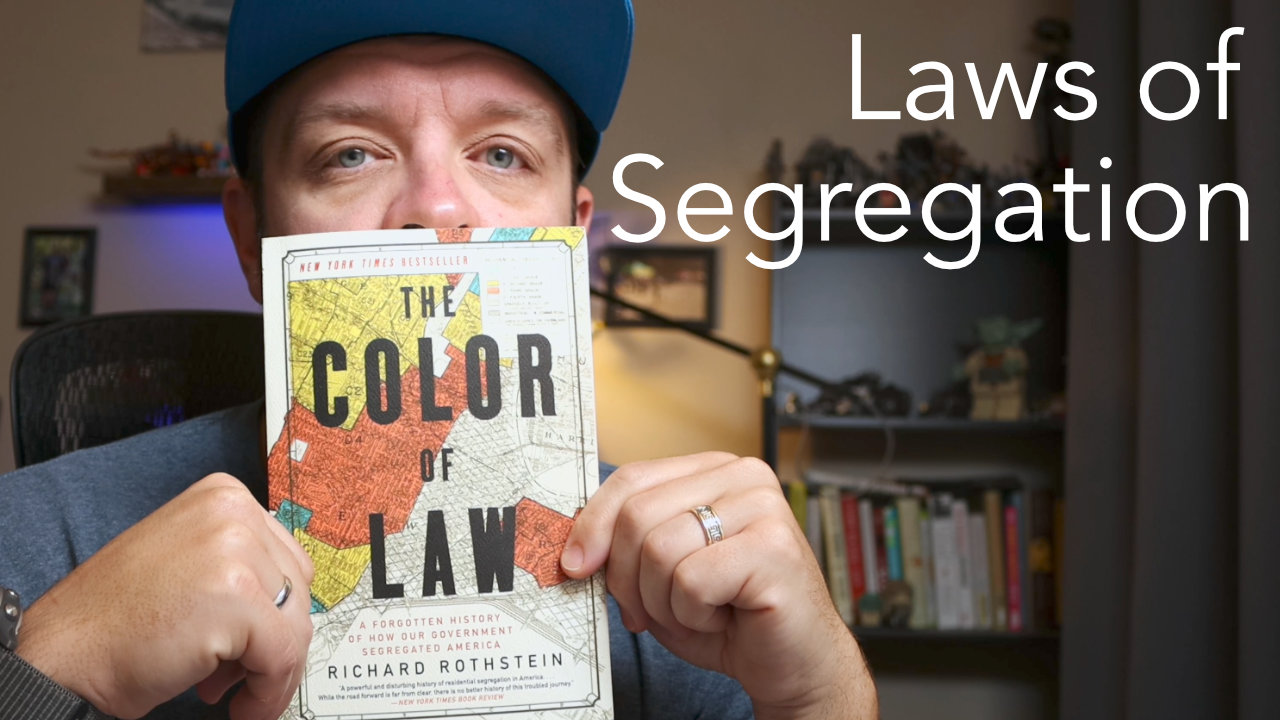Let’s start by disclaiming, this is a tough and alarming read. I mean I knew that racism was and is a real thing. I see it regularly as the Canadian Government continues to fight any responsibility to First Nations in courts while also talking big about how tragic it is that we keep finding dead kids on Residential School grounds.
What this book really put home is the lengths to which white-run government institutions will perform legal and mental gymnastics to deny anything to African American’s. The Color of Law brings into stark relief how generational wealth was stolen from African American’s via zoning laws and other laws that while unconstitutional were nonetheless enforced at a municipal, state-wide, and federal level.
I left the book feeling angry and the racism.
Vetrans Tossed Away
When veterans came home from WWII they should have had access to mortgages as a result of the US Government and Veteran Services. The truth is that only white veterans had this access while African American veterans were specifically excluded from a service that they were entitled to1.

Getting Started with Zettelkasten
If you’ve been wondering about what Zettelkasten is and how to start organizing your notes with this excellent system then this course is for you. I’ll walk you through how I use this system to develop my reading research for posts like this one here. You can also become a member to get all my courses.
$99 USD (30-day guarantee)
The US Federal Housing Administration specifically did not insure mortgages for African American people because they didn’t want to support any type of racial integration2. This happened while the US Government was encouraging homeownership as a way to combat communism3. The thinking went that if you could get people involved in capitalism then socialism wouldn’t be attractive because they had skin in the game.
Private Action to Exclude Racial Mixing
To further exacerbate this lack of mortgage insurance, which meant higher deposits and higher prices for houses, many areas drew up restrictive covenants that held you liable if you sold to an African American4. Here the goal of the neighbourhood was to sue those that were anti-segregation if they sold the house to an African American family. Thus restricting access to housing for those African American families.
Even when these were found to be unenforeable5 by the Supreme Court in 1948 it still took until 1962 when John F. Kennedy issued an executive order to finally force the US Housing Administration to take action on ending the practice6. Still, there were many stories of neighbourhoods coming to a newly purchased house to vandalize it because African American people had purchased it. Police would stand by and do nothing while homes were destroyed7.
In fact, this standing by while crimes were committed is a large thrust of the book. If government organizations don’t enforce the laws that say equality must happen, the government is responsible for creating an environment where the crimes are endorsed.
Should You Read The Color of Law?
Yes, you should, even though it should probably make you angry. I barely touched on some of the points that are atrocious behaviour and I certainly don’t hold any illusion that this book is only about the US. While it may be specifically citing activities in the US, Canada did similar things and has inflicted similar theft of generational wealth on a number of people groups in its borders.
This is a tough book to read but as long as those around me are living with the aftermath of the trauma of these activities the least I can do is read a bit about them and work to do better.
